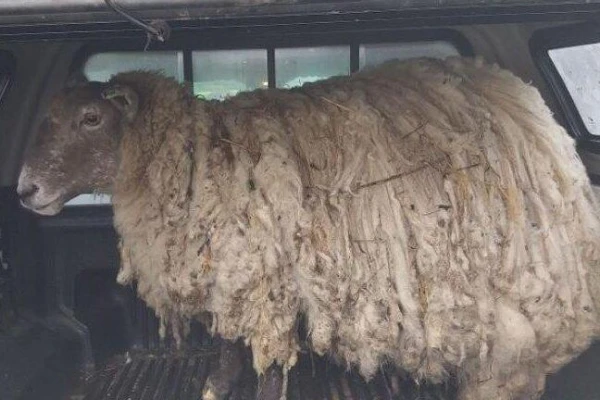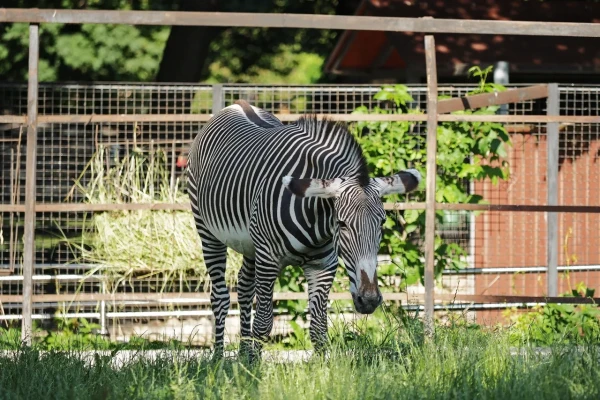
Nature is abundant with a variety of patterns on animals and plants. Now, perhaps, an answer has been found to the long-standing question of how these patterns were formed.
In 1952, even before biologists discovered the structure of the DNA double helix, mathematician Alan Turing proposed a bold hypothesis about how animals acquire their patterns. He suggested that during tissue development, chemical substances are released that mix (or, more precisely, diffuse) through the tissues, much like milk mixes with coffee. Some of these substances 'interact' with each other to form spots, while others slow down the spread and reaction, creating areas of a different color.
Turing's theory claimed that instead of complex genetic mechanisms, a simple reaction-diffusion model might be sufficient to explain the fundamentals of biological pattern formation.
Based on Turing's theory, a group of researchers from the University of Colorado Boulder agreed that such a mechanism could create patterns; however, they noted that diffusion does not lead to clear regularities. For example, as the authors explained in a paper published in the journal Science Advances, when milk mixes with coffee, it spreads in all directions with fuzzy boundaries. Thus, Turing's theory does not explain the clarity of the spots observed in animals.
The researchers wondered: what if it is due to diffusion-driven transport? This is a process in which a molecule moving in a liquid accelerates the movement of other types of molecules in the same environment in response to changes (for example, differences in concentrations). This process, for instance, helps in washing clothes. As the scientists found out, it always follows a clear trajectory and creates patterns with sharp outlines.
Enthralled by this idea, the scientists modeled a purple-black hexagonal pattern on a computer using only Turing's equations. As a result, they obtained fuzzy purple dots with indistinct black outlines. Then they modified the equations by adding diffusion-driven transport. The result became much clearer, and the scientists realized that they had underestimated the significance of diffusion-driven transport while trying to unravel the mystery of spots on the skins of leopards and other animals.












